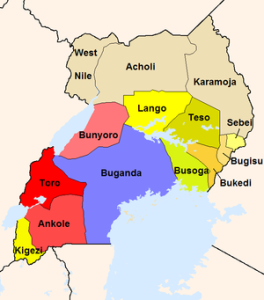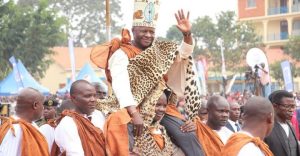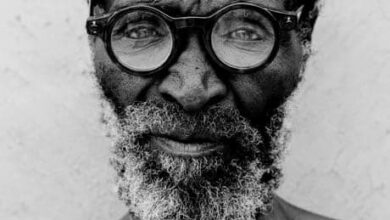Uganda’s Formation And The Never Settled Buganda Question
As Uganda Grapples With The Challenges Of The Present, the Echoes And Replica Of Unpalatable Leader's Actions, To Its Complex Past Continue To Resonate, Shaping The Trajectory Of The Nation In The Years To Come.
Uganda Today Edition: Uganda’s Formation: A Historical Odyssey from 5 Kingdoms and 9 regions to Museveni’s Long Reign
Uganda’s journey to nationhood is a complex tapestry woven from the merging of diverse kingdoms and regions. The amalgamation of these distinct entities laid the foundation for the modern Ugandan state. This article delves into Uganda’s formative years, highlighting the pivotal role of the kingdoms, the Lancaster Conference, the 1966 Buganda crisis, and the subsequent rise of Yoweri Museveni, who has governed the nation for over three decades.

The 5 Kingdoms and 9 Regions:
Uganda’s pre-colonial history was marked by the existence of numerous kingdoms, each with its own rich cultural heritage and societal structures. Among these, Buganda held a prominent position, with its strategic location and influential leadership under the Kabaka (king). The diversity of these regions provided a unique challenge for the colonial powers seeking to consolidate their influence in the region.
Lancaster Conference and Buganda’s Special Position:
The Lancaster Conference of 1960 was a watershed moment in Uganda’s history, where the framework for the country’s independence was negotiated. The British colonial administration, cognizant of the significance of Buganda, accorded it a special status during the deliberations. The recognition of Buganda’s distinctiveness in the negotiations set the stage for a unified but diverse Uganda.
Buganda Crisis of 1966:
The harmony achieved at Lancaster was short-lived. In 1966, a political crisis erupted in Buganda, marked by tensions between the central government and the Kabaka, Sir Edward Mutesa II. The crisis culminated in the abolition of Buganda’s traditional institutions, contributing to a period of political instability and discontent. The fallout from the crisis resonated through subsequent years, impacting the trajectory of Uganda’s political landscape.
Buganda whose acceptance to merge with the rest of the regions to form Uganda, is a Bantu kingdom within Uganda. The kingdom of the Baganda people, Buganda is the largest of the traditional kingdoms in present-day East Africa, consisting of Buganda’s Central Region, including the Ugandan capital Kampala. The 14 million Baganda (singular Muganda; often referred to simply by the root word and adjective, Ganda) make up the largest Ugandan region, representing approximately 16% of Uganda’s population.[3][4]

Museveni’s Ascendancy:
The 1980s witnessed a tumultuous period in Uganda’s history, characterized by political unrest, economic turmoil, and human rights abuses. Yoweri Museveni, a rebel leader, emerged as a key player in the struggle for power. In 1986, Museveni assumed the presidency, promising stability and prosperity.
Museveni predicts orchestrated long reign
Museveni’s Long Reign and Criticisms:
As Uganda’s president for over 38 years, Museveni’s rule has been marked by both achievements and controversies. While he is credited with bringing relative stability and economic growth to the country, his prolonged tenure has raised concerns about democratic governance, human rights, and political freedoms. Critics argue that Museveni’s extended rule has perpetuated a concentration of power, hindering the development of a vibrant and inclusive political landscape.
Uganda’s formation journey, rooted in the amalgamation of 14 regions, was shaped by the Lancaster Conference and marred by the Buganda Crisis of 1966. The subsequent rise of Yoweri Museveni, against the backdrop of political turmoil, has left an indelible mark on the nation’s history. As Uganda grapples with the challenges of the present, the echoes of its complex past continue to resonate, shaping the trajectory of the nation in the years to come.








